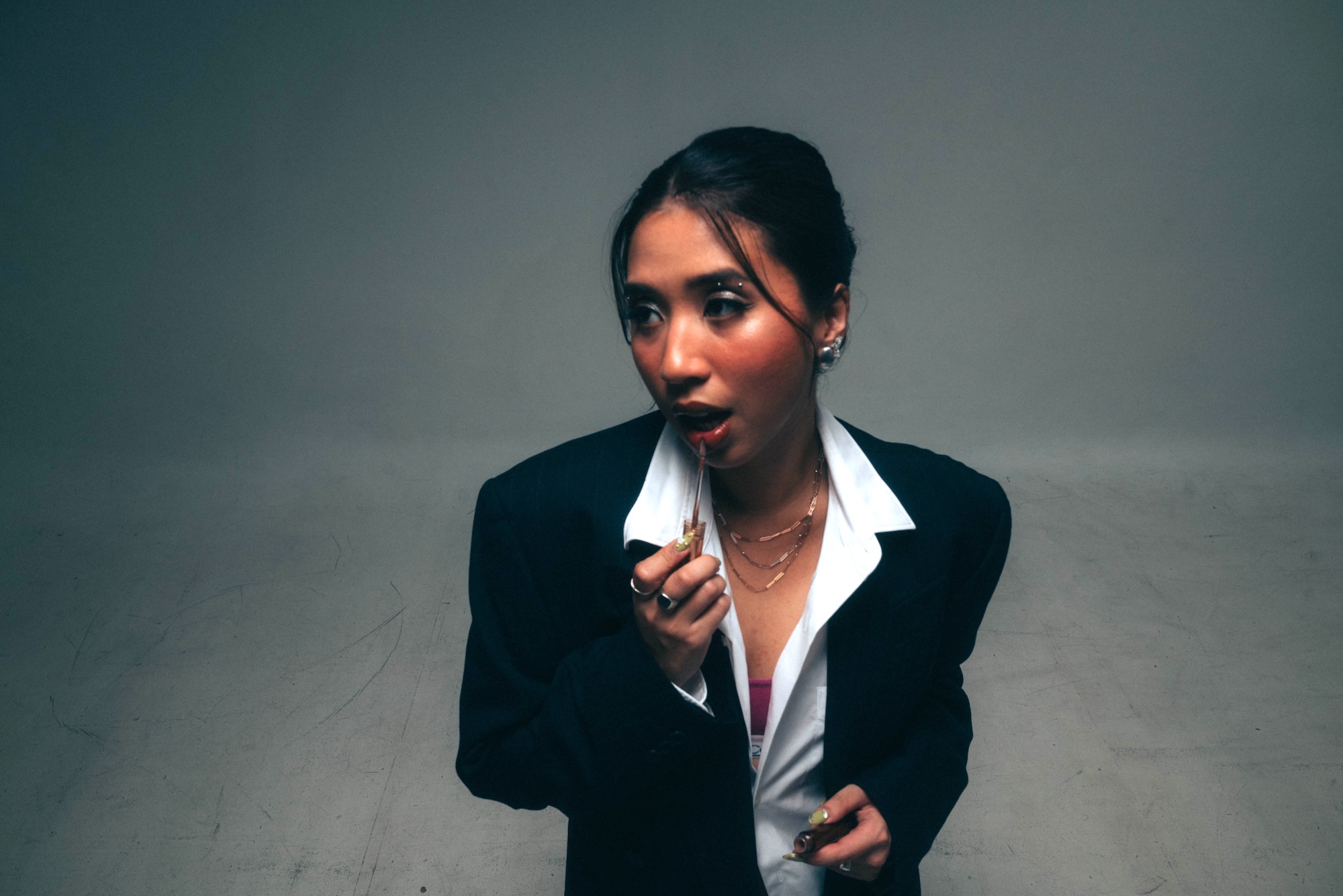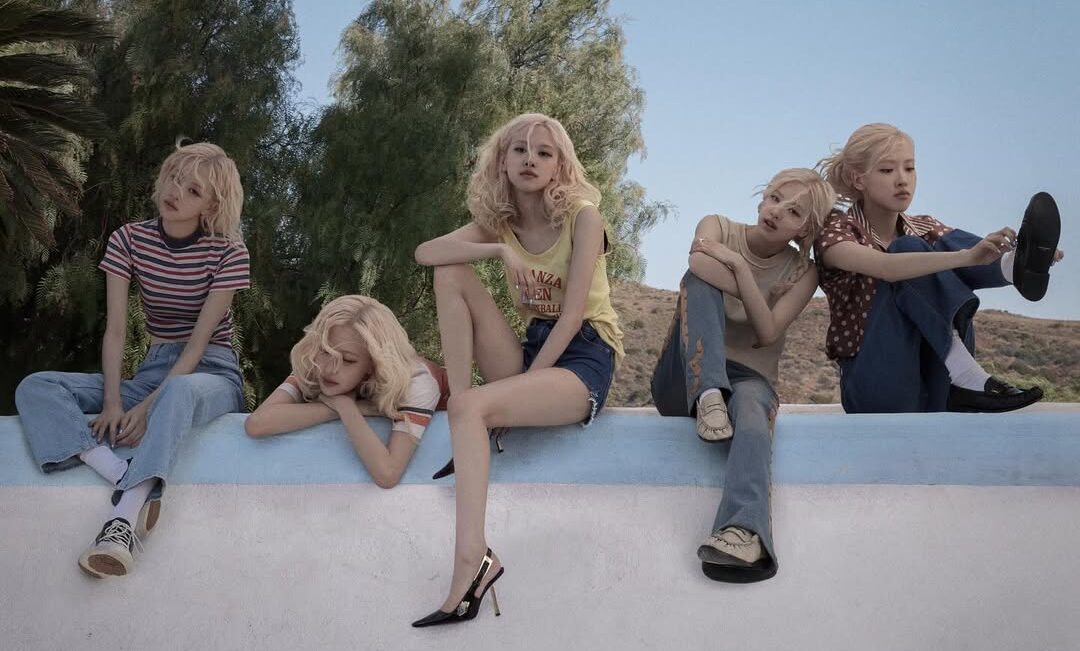As I succumb to overthinking, cartoons aimed at children have become my shock blanket. Is there something wrong with that?
“Cartoon Network pa rin ba pinapanood mo? Ano ba yan, ang tanda-tanda mo na,” my uncle scolded me in jest.
I chuckled, mentioning that I’m still within the target demographic. He doesn’t remember this scene anymore, but I never forgot the conversation that happened six years ago in sophomore high.
I’m now at the age when people worry about bills and the purpose of existence. I still yearn for the new “Ducktales” reboot episode after clocking out of work.
But in a crowd that anticipates the next season of “Game of Thrones,” I’m still wondering what “Gravity Falls’” Dipper and Mabel’s teenage years would be like
There’s a sense of comfort in kids’ cartoons that draws me in. For someone who deals with anxiety on a daily basis, comfort is a luxury my troubled mind can barely afford. I’m aware this time I’m no longer within the intended demographic. But in a crowd that anticipates the next season of “Game of Thrones,” I’m still wondering what “Gravity Falls’ “Dipper and Mabel’s teenage years would be like.
Part of my anxiety stemming from cartoons is the constant wondering if something’s wrong with me. But anime and pop culture conventions filled with adults prove I’m not alone. Still, that doesn’t satisfy my overthinking and sheer curiosity. So I did what all sane people do in dire times—consult the internet.
What I discovered relieved me and also fascinated the hell out of me. Uproxx and Vice Media did separate pieces on adults drawn to kids’ cartoons. The articles differ in depth of discussion. But the common thread was adults who consider cartoons their coping mechanism.
Vice talked to different psychiatrists, including Dr. David Rosmarin, the founder and director of the Center for Anxiety in New York City. “Is it a go-to strategy? No. But I’m open to it,” Dr. David explained. “We would use it primarily to treat depression. I also could see it being helpful for people who have chronic worry because that co-occurs with depression.”
“Cartoons for adults are great because they can tell complex stories and blah blah blah. Very important and cool. But sometimes you don’t want any of that. Sometimes you want to turn off your brain, let your eyes glaze over, and watch ‘Ed, Edd n Eddy’ until you just can’t anymore,” Uproxx life and culture editor Mark Shrayber discussed in his listicle on kids’ cartoons.
What is adulthood without a coping mechanism? Mine just so happens to be 2D and for general audiences
We all need to turn off our brain from time to time, people with anxiety all the more. In my case, this brain of mine is rarely quiet. But a period of solace for 10 to 20 minutes can be easily achieved with 2D animation.
Dr. Laurel Steinberg, a New York-based psychotherapist, revealed her insights to Vice about cartoons in relation to anxiety and depression. “Kids’ cartoons can be a support treatment because they incorporate themes like community order, friendship, family, teamwork, that good always wins over evil, and that the sun will always come out tomorrow,” she expounded. “They can help restore optimism and give someone a break from worrying or feeling sad, all of which can elevate [your] mood.”
With my mental breakdowns and fear of sudden changes, wholesome is the happy pill I need. People will never think of the word “wholesome” when they hear my name. I cuss like a sailor, believe in the resilience of punk music, and have an on again/off again relationship with gory B-movies. But there’s always a need for me to deviate from the world’s noise. Kids’ cartoons are that dial turns that noise down.
So sure, maybe people like me are too old for it. Though, what is adulthood without a coping mechanism? Mine just so happens to be 2D and for general audiences. This is what I will tell myself the next time I spiral and overthink.














































